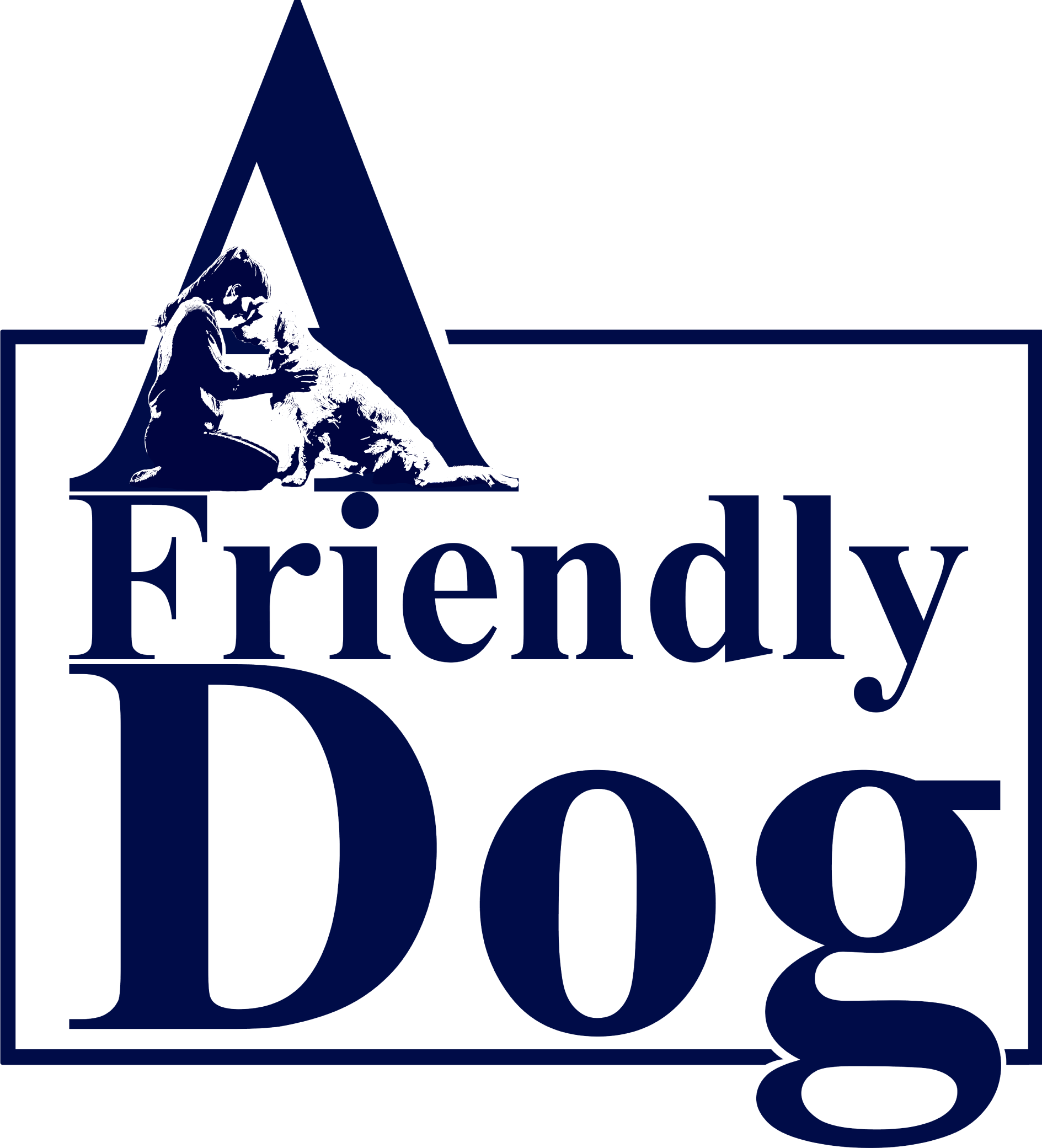If the medication is oral, it is advisable to first determine whether it is best to administer it with food or water. If the medication can be mixed with food, it is recommended to disperse it thoroughly by mixing it with the dog’s favorite foods, such as peanut butter, and using it as a treat.
If you prefer to administer the medication during the dog’s regular feeding time, it is recommended to delay the feeding by 15-20 minutes so that the dog is hungrier. At that time, provide a small amount of food without medication and ensure that the dog eats it without any suspicion. Then, provide the medication mixed with food, and the dog should voluntarily consume it.
If the dog resists the medicated food, it may be necessary to hold the dog with a gentle but firm touch and open its mouth. Place the entire oral tablet behind the fang teeth and almost at the bulb of the tongue, taking care to ensure that the medication does not enter the respiratory system (windpipe to the lungs). If the medication enters the respiratory system, the dog may experience bouts of coughing and choking, which could lead to aspiration pneumonia and/or severe nasal discharge. In such cases, the dog often displays heavy breathing activities.
If the medication is in a liquid form, it should be administered using a dropper. The dropper should be filled with the appropriate dosage of the medication. Gentle and continuous rubbing of the throat can help stimulate swallowing. Mixing the medicine with water may be beneficial for dogs, provided that they consume the entire mixture. It is recommended to offer a smaller amount of water along with the medicine, and then provide more water after it has been consumed.
For puppies, the liquid oral medicine can simply be swabbed around the upper lip. The puppy will naturally lick it with its tongue. Swab administration is suitable for these cases and may also be effective for certain older dogs, as long as a liquid formula is available.

